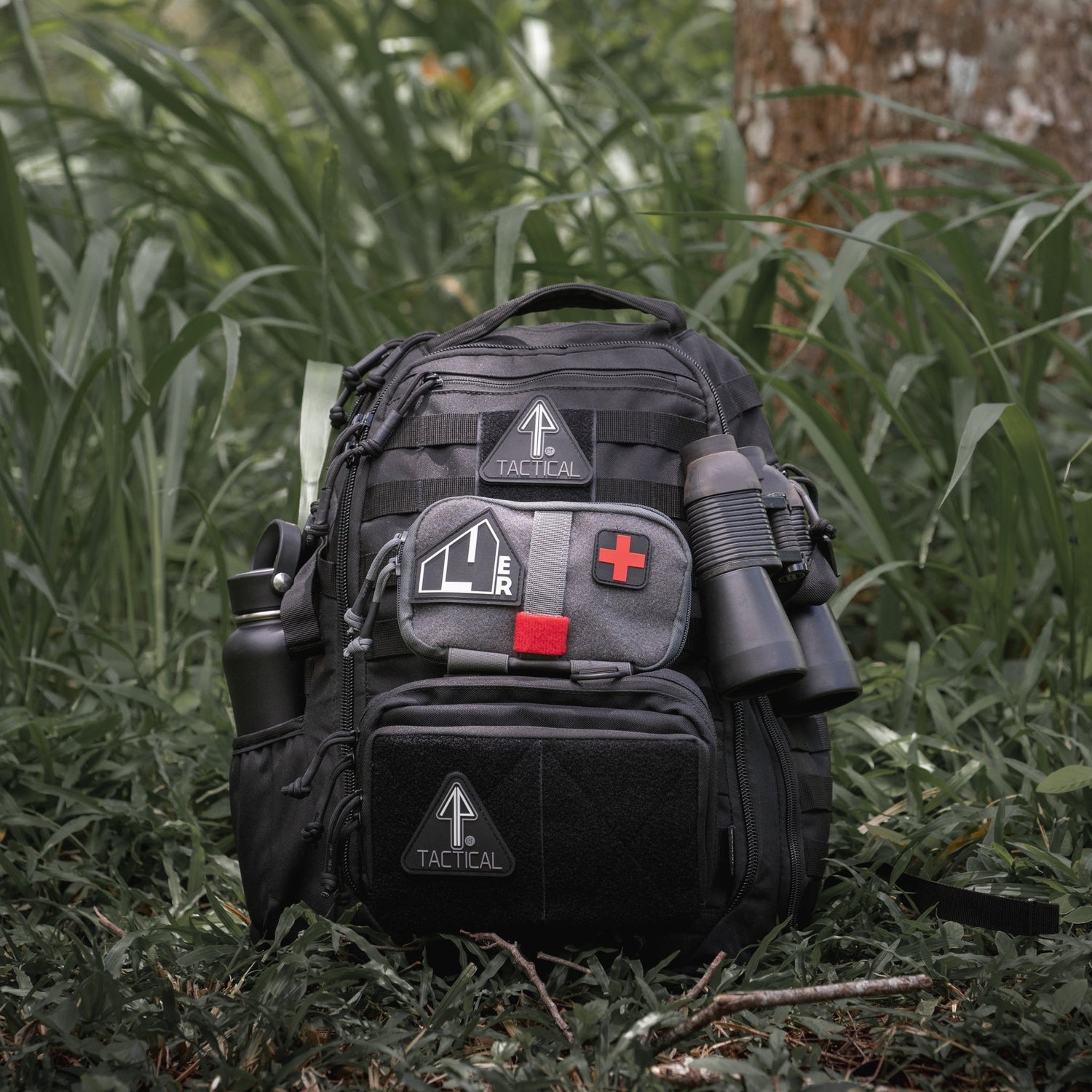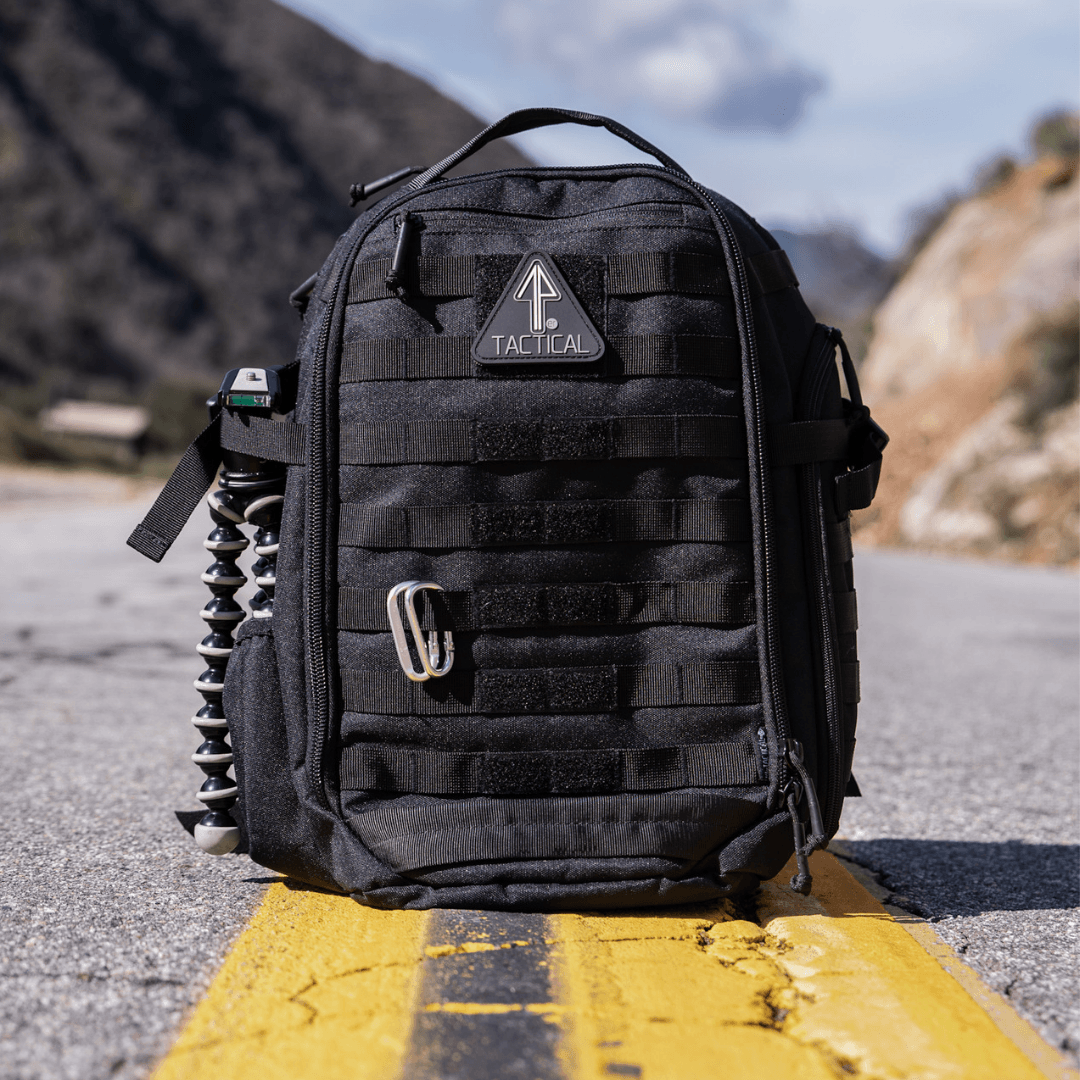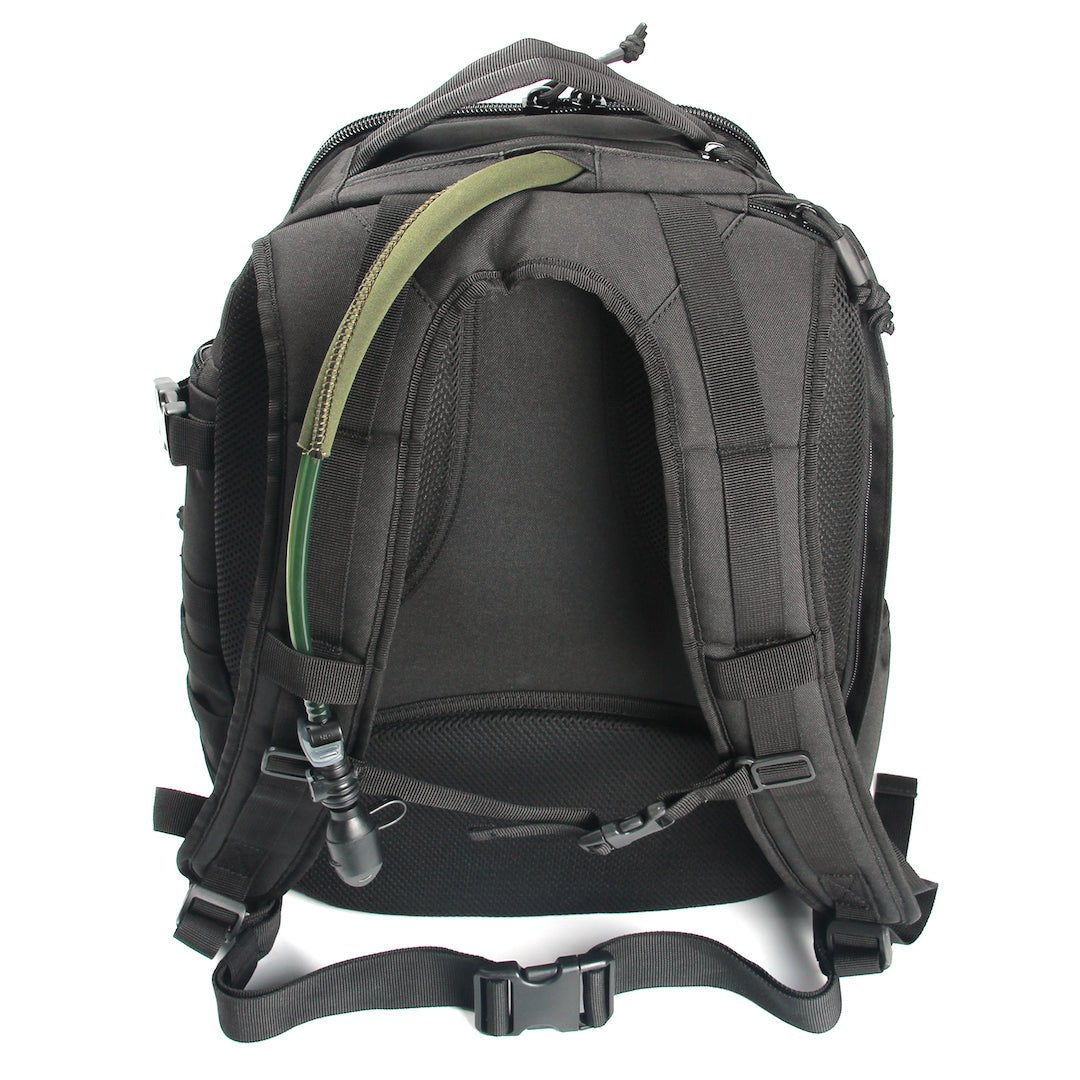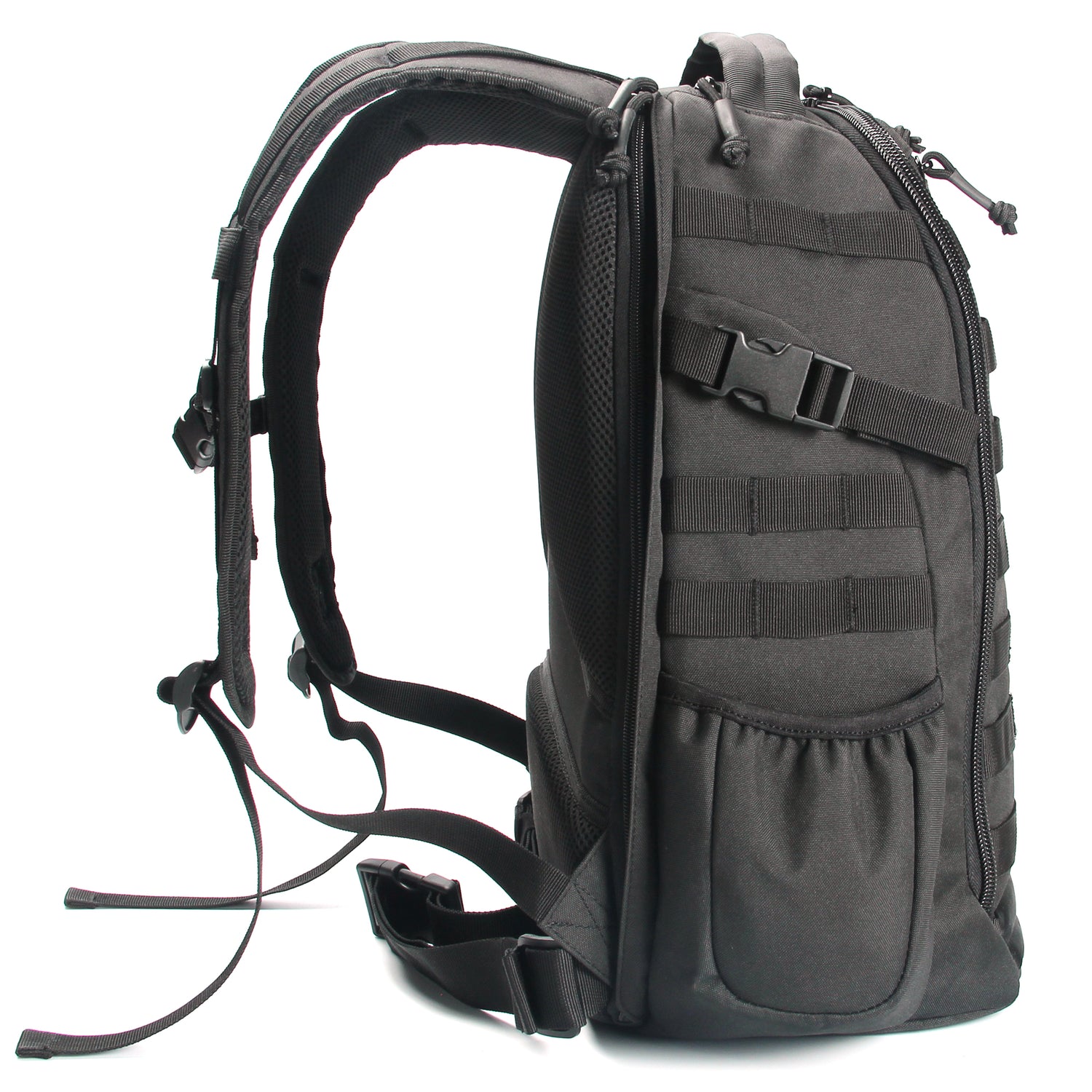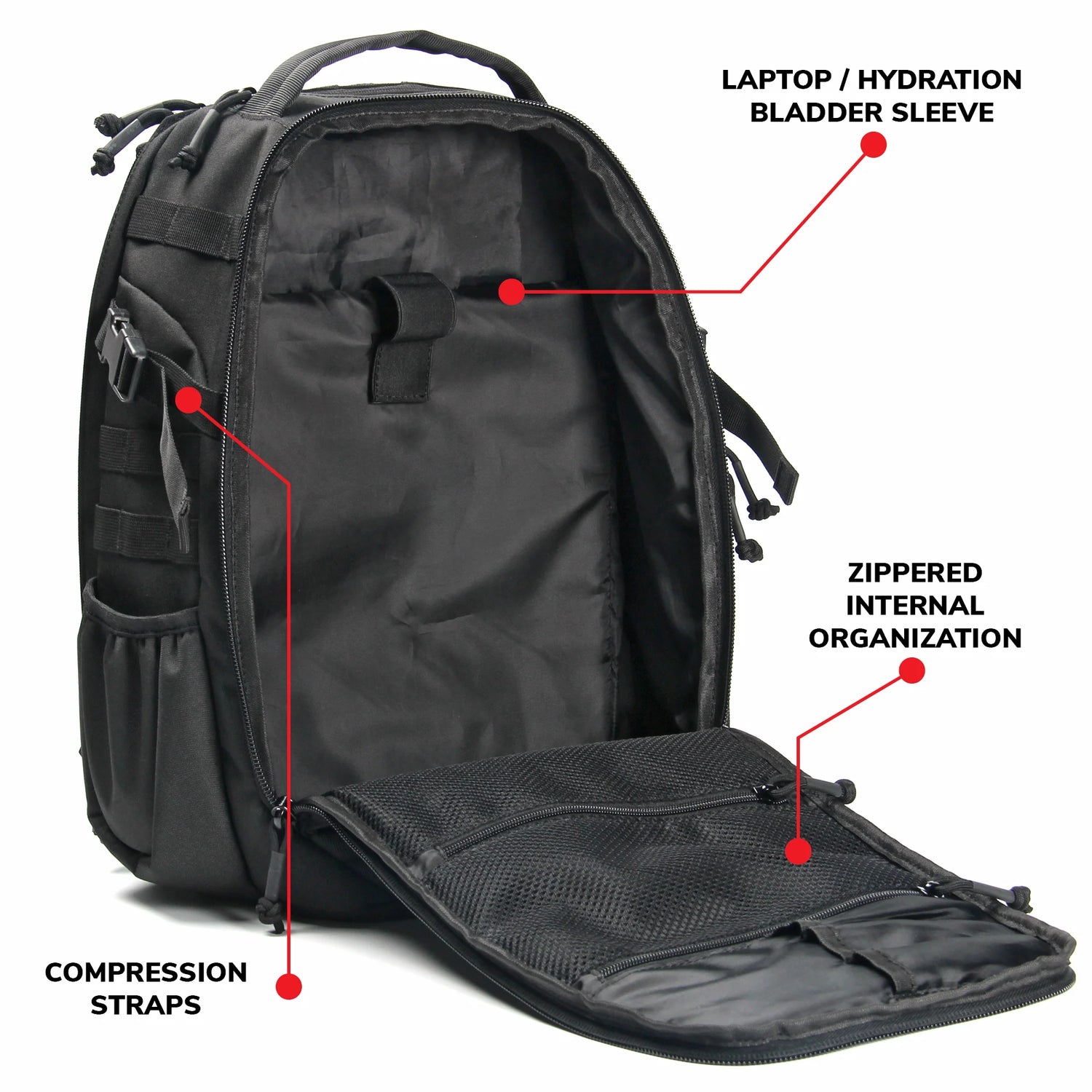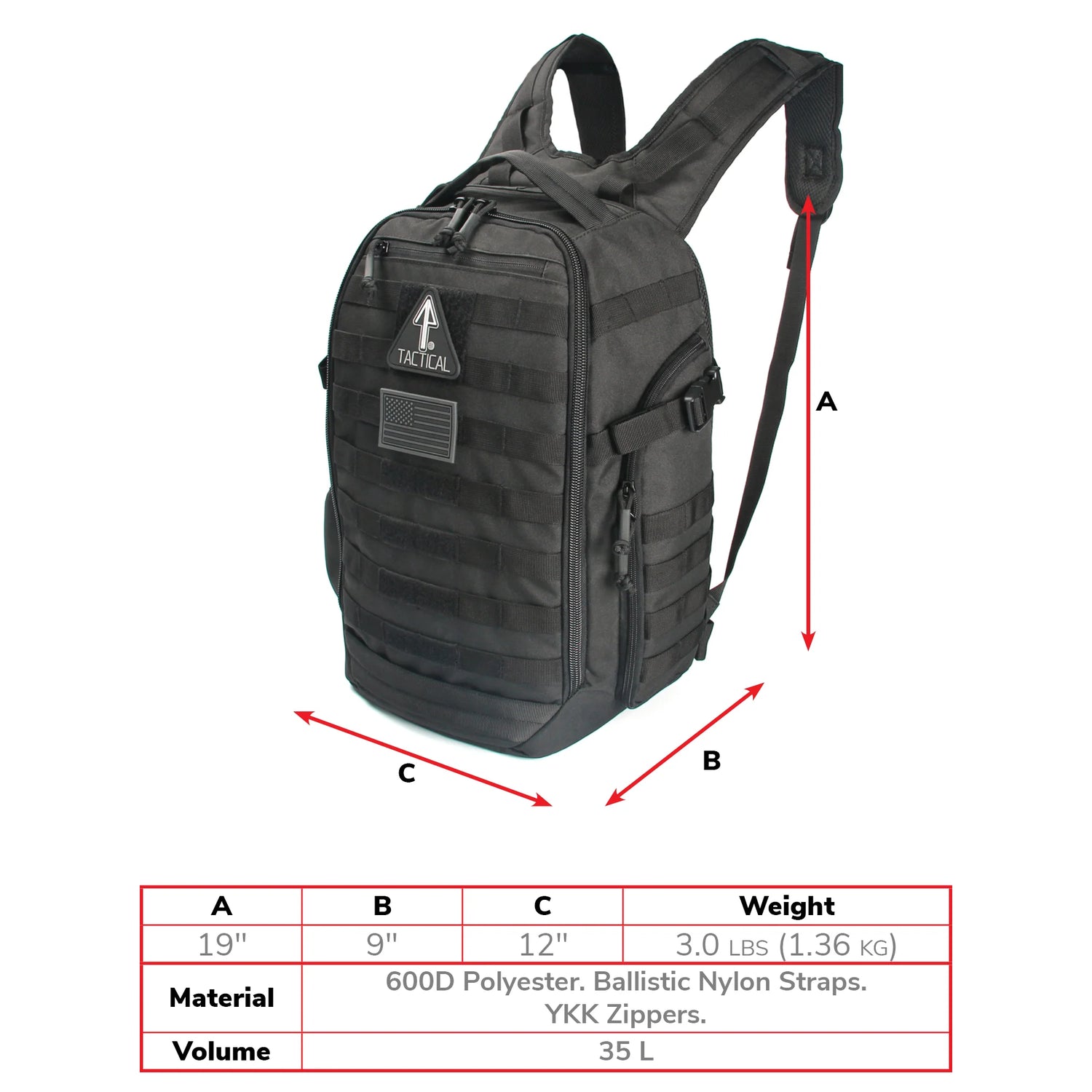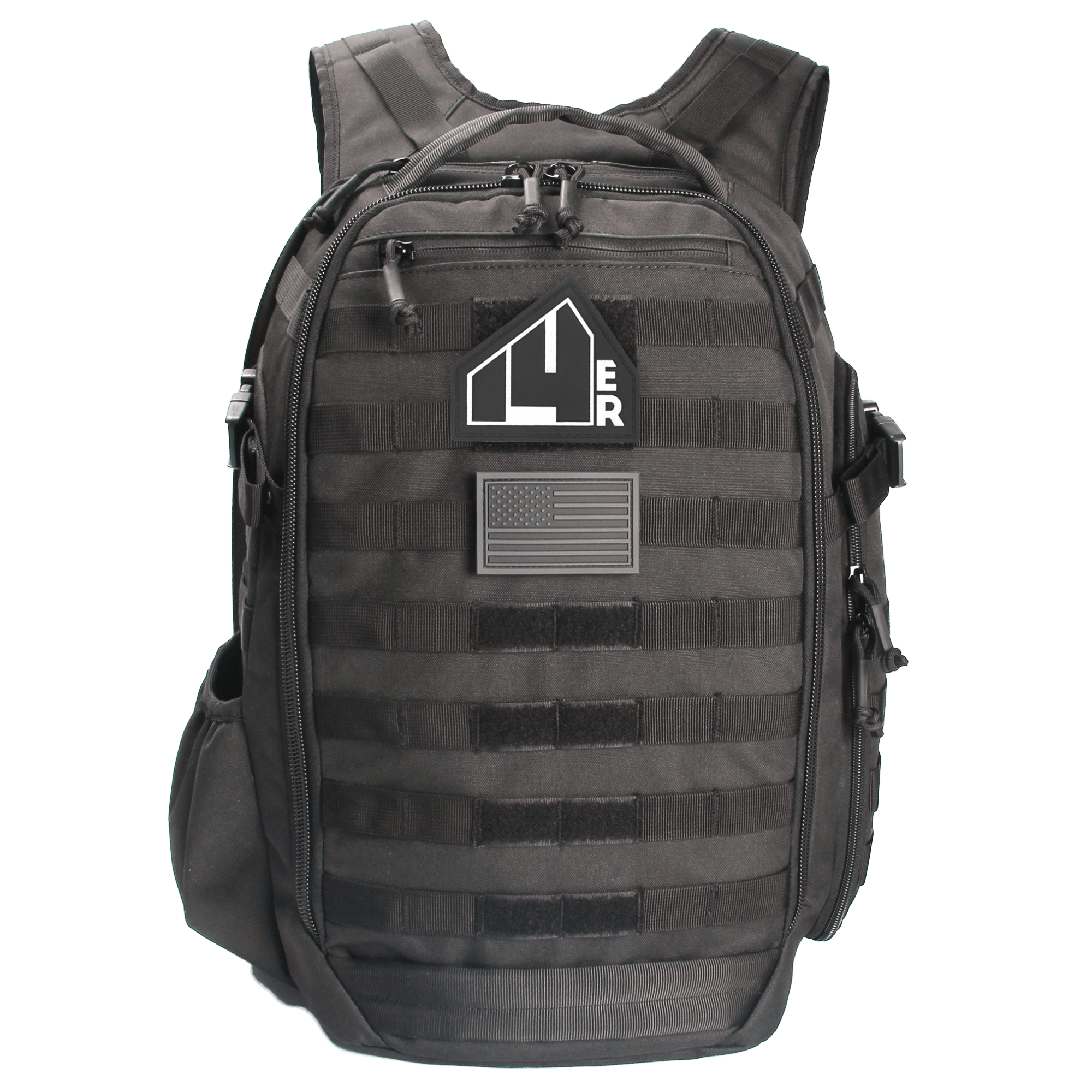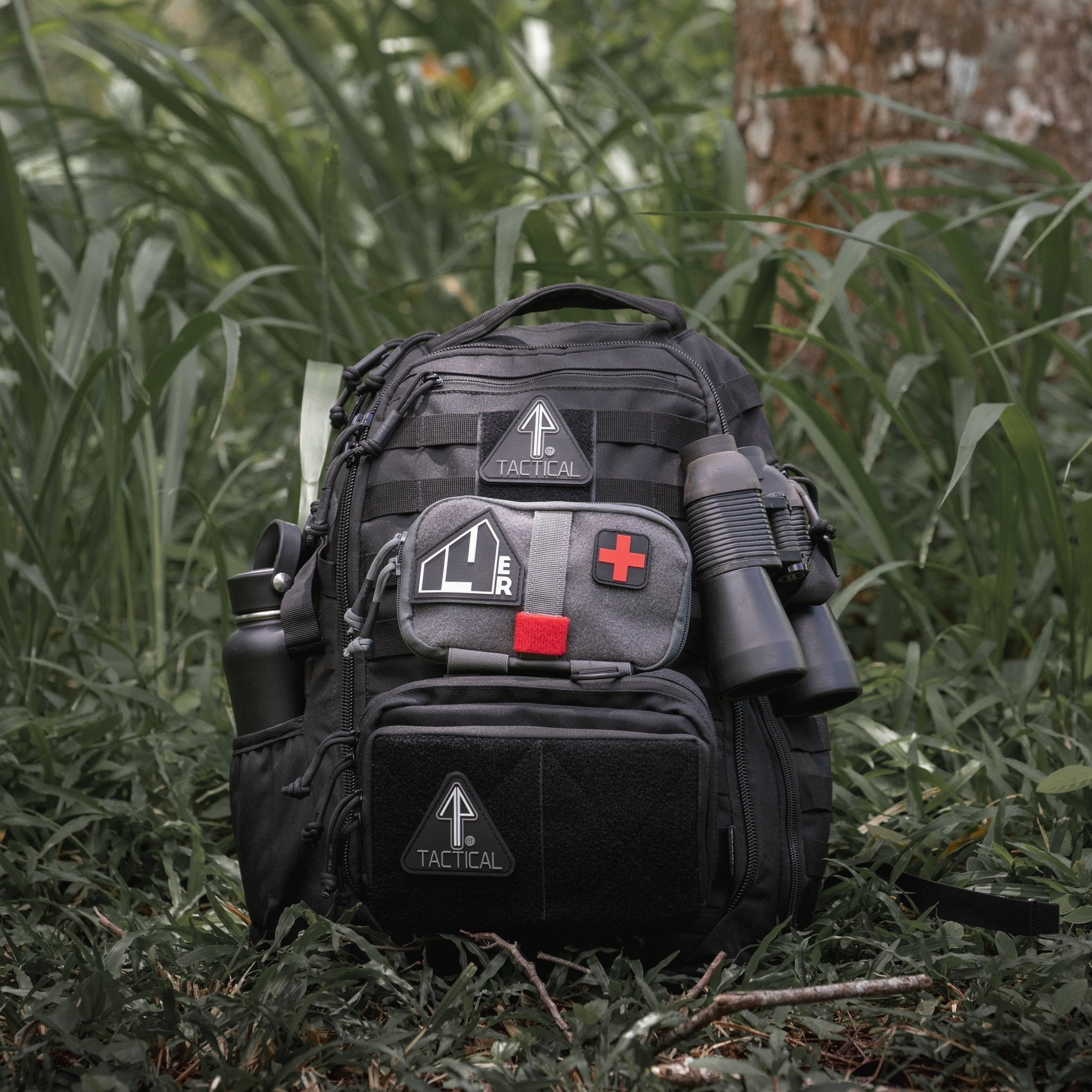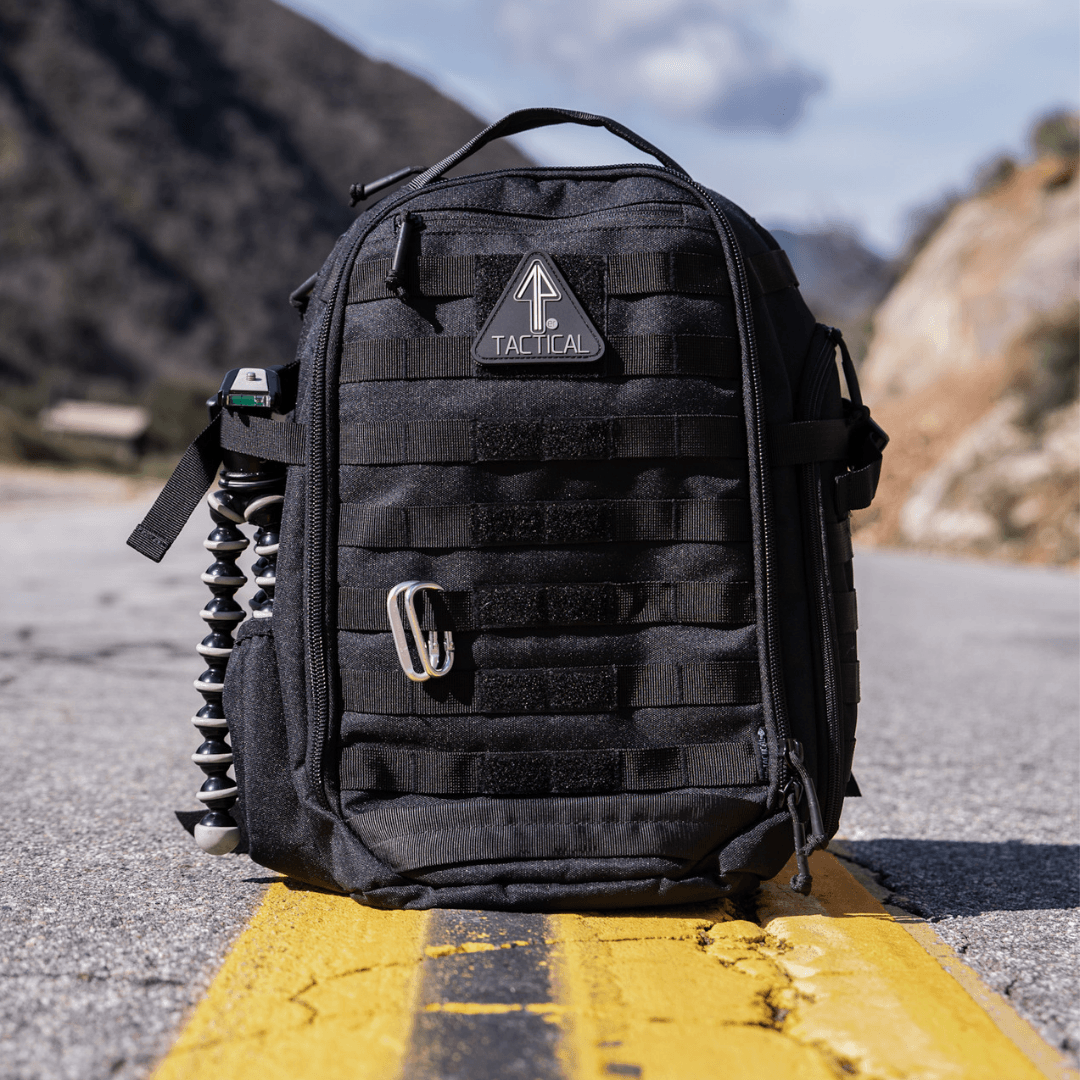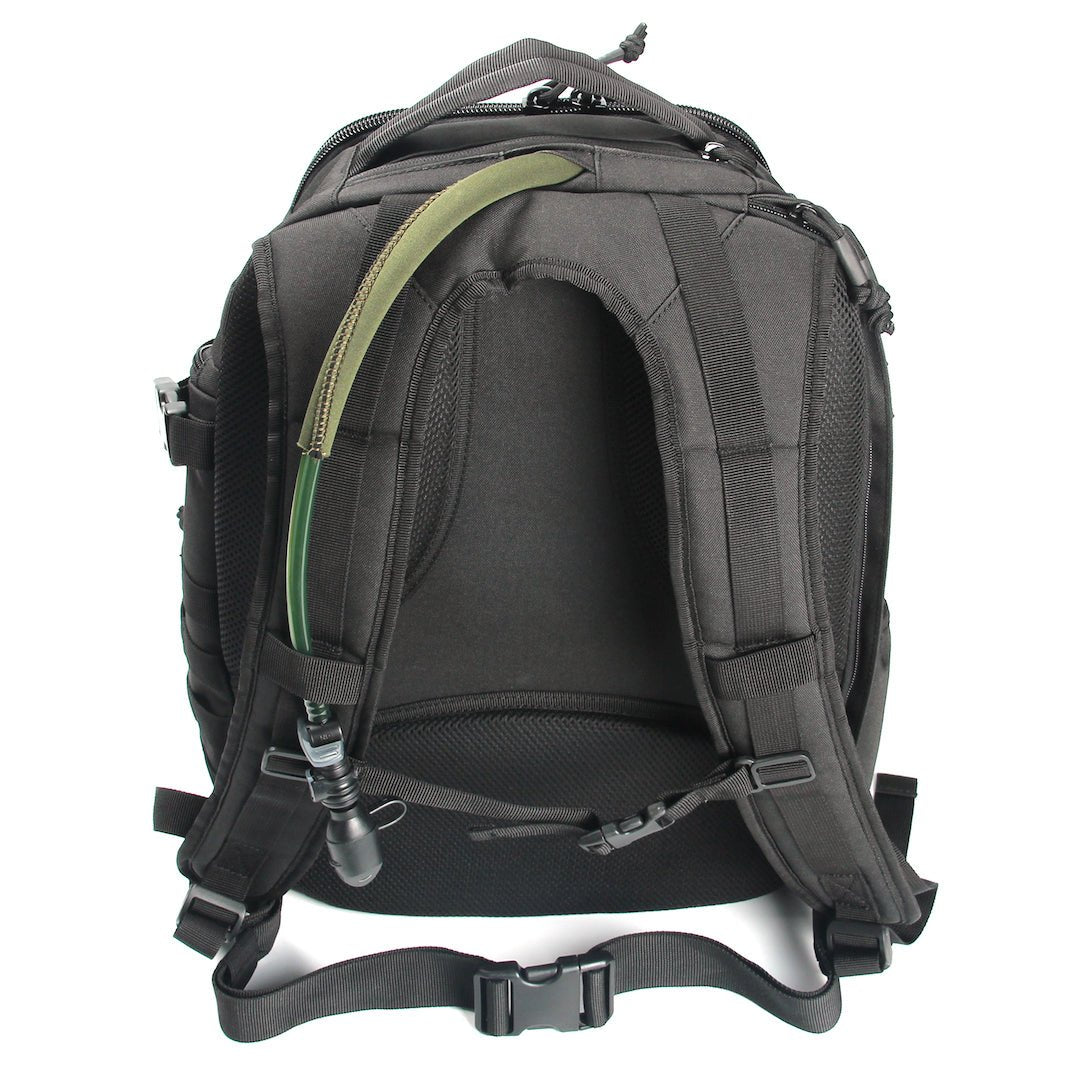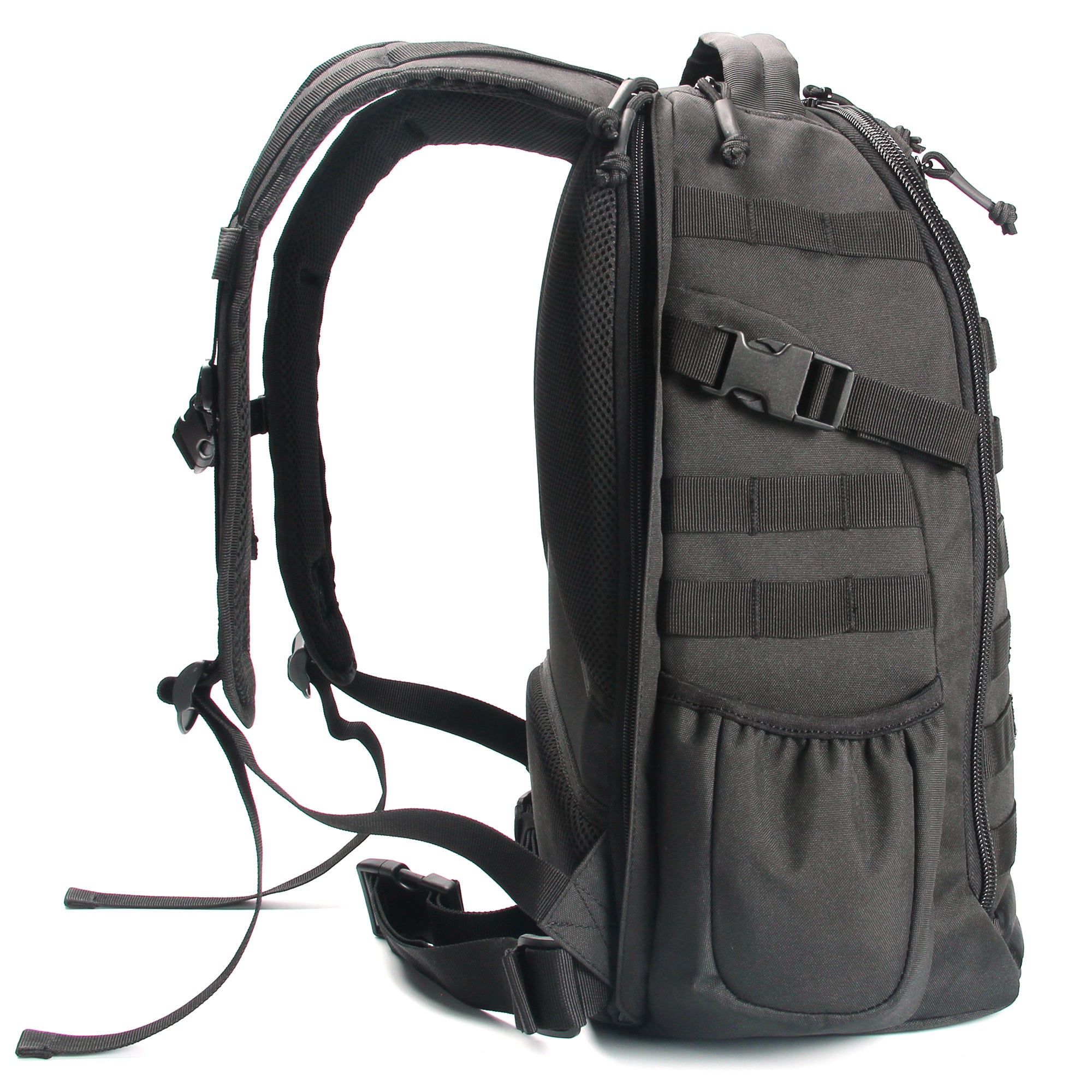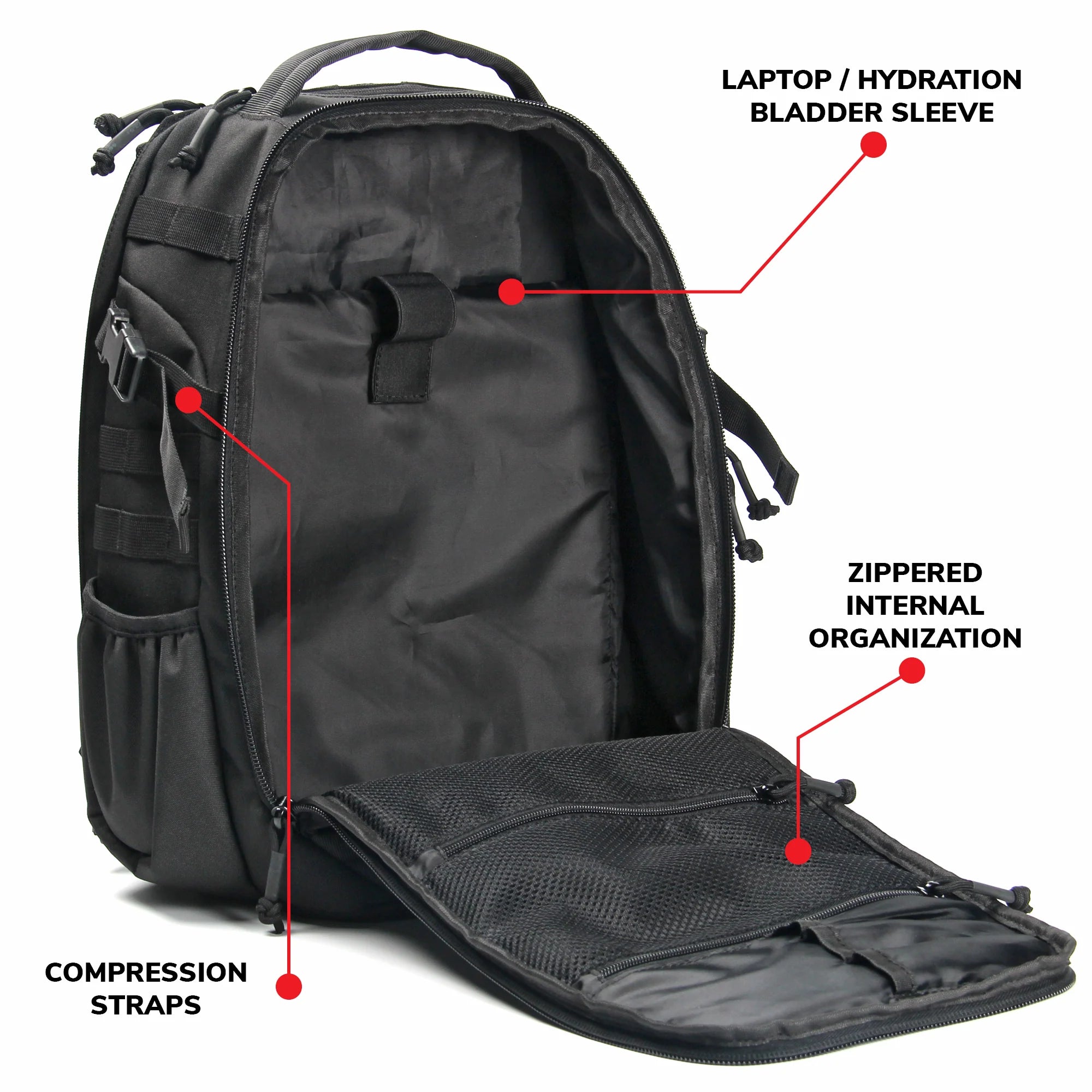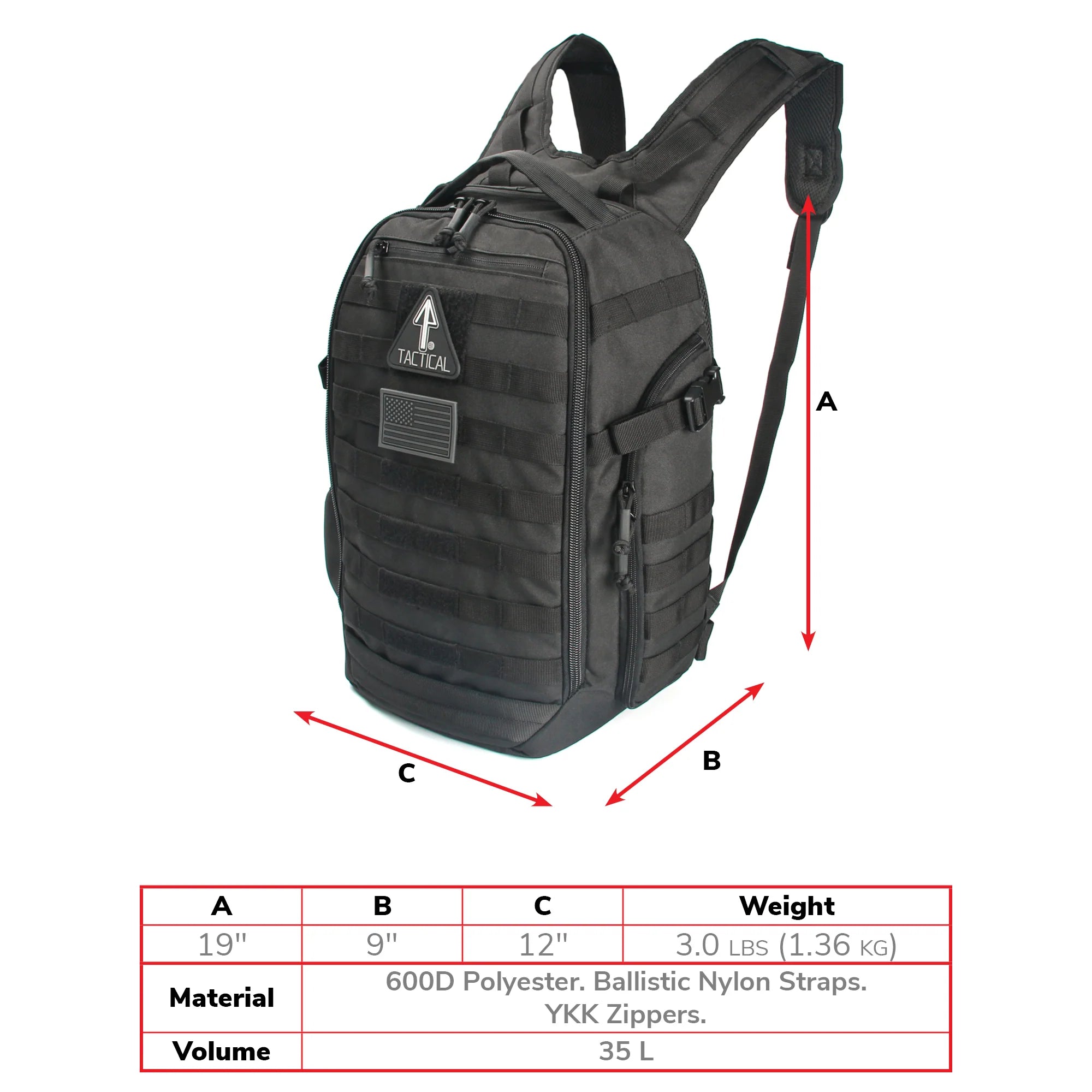Time for some fun speculation. What would the tactical landscape look like in the future? How will technological advances transform weaponry and self defense?
Tactical thinking is all about preparing for trouble. While there’s no sense in preparing for something that isn’t reality at the moment, at the same time, there’s no harm in acknowledging what dangers we might possibly face some future day. If you are a tactical prepper, that’s something that you would want to know!
Yes, some of this speculation is gonna sound just like science fiction. But technology moves fast, often faster than we even realize. Today’s science fiction is tomorrow’s reality. So let’s take a look at how modern battlefield technology might evolve over the coming decades. And let’s discuss what tactical equipment for future soldiers might have to become if they are to defend against advanced weaponry.
Exploring Future Weaponry: Electromagnetic Railguns
When you research advanced tactical gear and future military technology, you’re bound to come across the concept of electromagnetic railguns. The main feature of these types of weapons is the use of electromagnetic force to fire projectiles instead of using gunpowder or other explosive materials. Compared to conventional firearms, the railgun can achieve a much higher muzzle velocity—which means their projectiles are capable of penetrating armor. Something that may have stopping power against regular bullets may not last long against the destructive force of a railgun.
Another advantage of the railgun is its ability to make use of smaller projectiles. The extreme velocities at which these weapons deliver impact projectiles can more than make up for a decrease in their weight and size. That means a railgun user would be able to carry more ammunition. Furthermore, a railgun could be mounted on a device such as a crawler or drone, which would not be greatly weighed down by the ammo. The device would also not need to have its ammunition cache replenished very frequently.
Fortunately, these weapons are not a current threat. The USA, UK, and other countries have tested full-scale railgun models, but the technology has not yet been adopted for use. Thus far, while working railguns have been constructed, they are not yet capable of lasting beyond a few firing tests. Further advances in technology (especially material science) may be required before they can be developed as practical weaponry.

More Future Weaponry: Gauss Rifles and Coilguns
The Gauss gun is another future weapon concept that may one day enter practical use. The Gauss gun or Gauss rifle is often confused with the “coilgun,” but they are not the same thing. This weapon is similar to the railgun in that it does not use an explosive force. It has an arrangement of ferromagnetic balls laid on a non-magnetic track. These balls comprise the primary magnet, the projectile, and the spacers (balls that separate the magnet from the projectile).
When the Gauss rifle is fired, a trigger ball is delivered into the arrangement, knocking into the primary magnet. Starting with the trigger ball, momentum is transferred from one ball to another, eventually expelling the projectile—which gets shot out of the gun barrel at a very high velocity.
The coilgun works similarly, but it replaces the arrangement of ferromagnetic balls with electromagnets that are coiled around the weapon barrel. For example, there can be three segments of magnetic coils placed along the length of the barrel. To fire the weapon, each coil segment is switched on and off in turn, causing the projectile to be accelerated by magnetic force.
Gauss guns are not currently used in the civilian sphere, but coilguns are available to a very limited degree. In 2018, the LA-based tech firm Arcflash Labs introduced the EMG-01, a hand-held automatic coilgun. It employs eight electromagnetic coils to shoot a ferromagnetic projectile at a speed of 45 m/s. Four years later, the lab released a more powerful version called the EMG-02. These coilguns are very expensive, however, and they were produced in small batches. The alpha model of the EMG-01 (labeled the EMG-01A) was released in a batch comprising only 10 units.
No need to be concerned about coilguns at present. But the technology is likely to advance in years to come. You should expect coilguns to become more widely available sometime in the next decade or two.

Countering Future Weaponry with Advanced Tactical Gear
Today’s tactical gear may be designed with modern battlefield technology standards in mind. But as weapon tech improves, current gear should be expected to advance in functionality, reliability, and protective capacity. Tactical equipment for future soldiers and even civilians will benefit from the invention of new materials that perform even better than today’s ballistic nylon and Kevlar products.
Electromagnetic railguns would pose a mighty problem for tactical gear as it exists right now. Should these guns ever develop into a serious threat, then one may have no choice but to wear heavy body armor—heavier than something like a Kevlar vest. We’re talking a bulky suit that would probably not be comfortable to wear. You might also choose to carry an advanced bulletproof shield. Bolstering the doors of your home with sturdy projectile-stopping defenses might be something to consider as well.
It does seem unlikely that you’ll have to worry about railguns anytime soon. Coilguns, however, may become an actual threat relatively soon. To protect yourself against them, you may one day need to rely on the latest in personal protection gear. These items will be constructed from ultra-high-molecular-weight polyethylene (UHMWPE), high-toughness ceramics, and other advanced materials. Nanotech fabrics are another promising material that has immense stopping power.
Ballistic armor might also be engineered with multi-layered structures that serve to absorb and dissipate the impact from ultra-high-speed projectiles.
It’s fascinating to consider the possibilities when it comes to advanced tactical gear. We will still see equipment that is not too far removed from modern battlefield technology, but expect it to feature harder and stronger construction and materials.
But don’t forget to consider your tactical needs at this present time. Whether that means ballistic nylon outerwear or tactical backpacks with a CC pocket, your priority remains preparing for dangerous situations that can occur today. Don’t wait until you can gear up with the kind of tactical equipment for future soldiers to deploy. Get the tactical gear you should have to deal with potential threats that can currently arise.







